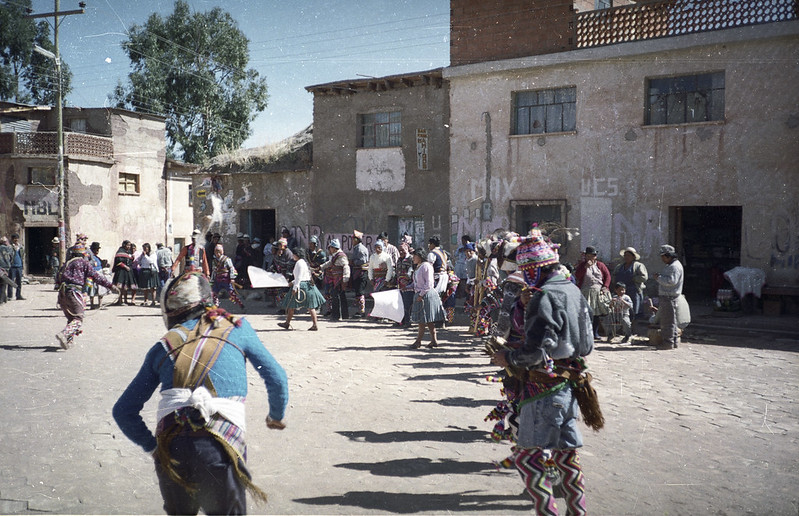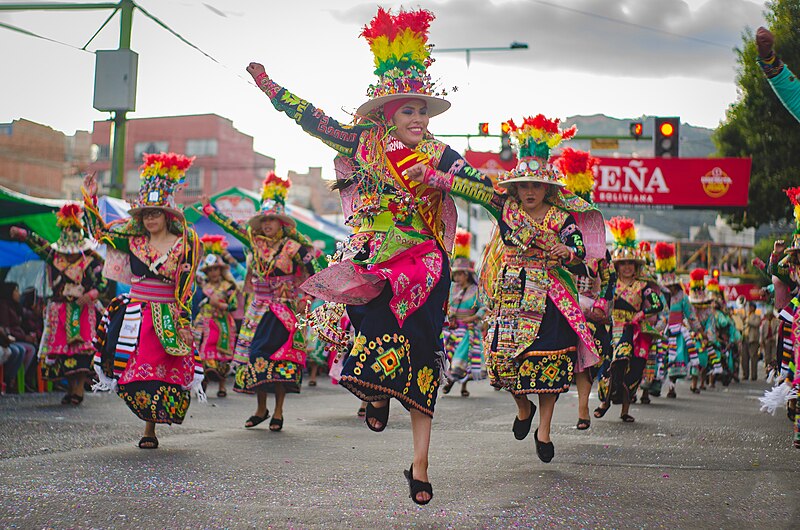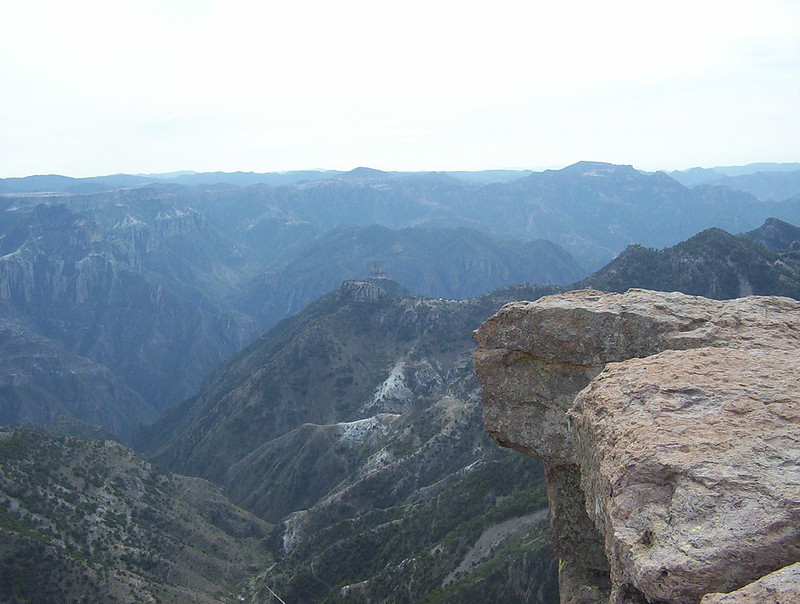In the rugged highlands of Bolivia, an ancient ritual known as Tinku continues to enchant both locals and observers with its unique blend of combat, spirituality, and cultural heritage. This centuries-old practice, which literally means “encounter” in Quechua, represents far more than the physical confrontations for which it has become known. Behind the rhythmic performances and intense face-to-face encounters lies a complex tapestry of religious beliefs, social structures, and agricultural traditions that have shaped Bolivian indigenous communities. Understanding Tinku’s evolution from pre-Columbian warrior demonstrations to today’s regulated cultural celebration offers fascinating insights into how ancient practices adapt and endure in modern society.
Key Takeaways
- Tinku originated as an ancient Bolivian ritual combining ceremonial combat with spiritual offerings to Pachamama, the Earth Mother deity.
- Traditional participants wear vibrant costumes, including decorated monteras and embroidered clothing, symbolizing community identity and cultural pride.
- Music from flutes, drums, and panpipes creates a rhythmic backdrop essential for combat and cultural expression.
- Modern Tinku events balance ancestral practices with safety regulations while maintaining core cultural elements through performances and education.
- The ritual transforms social tensions into community bonds through structured combat, followed by celebratory feasting and music.
What is Tinku?
The ceremony has historical roots in the Qaraqara kingdom, where skilled warriors would demonstrate their combat abilities to important visitors. These demonstrations served as a display of the kingdom’s military prowess, as the Qaraqara warriors were renowned and feared throughout the region for their fighting capabilities. The practice continues to represent an important cultural connection to Bolivia’s pre-Columbian heritage.
The Origins of Tinku
Originating in the ancient city of Macha, Tinku emerged as a ritual combat demonstration where warriors would showcase their fighting abilities. The ritual gained significance when the Incan Empire colonized the region, using these battles to select warriors for the emperor’s personal guard.
The blood spilled during battles was considered an offering to Pachamama, the Mother Earth, to guarantee good harvests. More significantly, the winning community gained essential access to the river for their crops throughout the year. This competition for water resources in the dry Andean Altiplano often led to deaths, creating ongoing cycles of conflict.
Traditional Practices to Modern Changes
The ritual has transformed from deadly combat to regulated events, with police presence now preventing fatalities. Traditional weapons like stone lances and whips, once integral to the ceremony, are now prohibited in most areas. The practice reflects a blend of indigenous traditions and Catholic influences, most notably during the May 3rd celebration of the Lord of the Cross festival, where Jesus appears wearing a poncho and holding a whip.
Modern interpretations have become tourist attractions, featuring urban parades with middle-class youth performing Tinku demonstrations. Musical accompaniment has evolved from traditional instruments like the charango and wooden wind instruments to brass bands, marking a significant departure from authentic customs.

Contemporary Celebrations
Annual Tinku celebrations occur on May 2nd and 3rd, centered in Macha, Bolivia, though some communities perform the ritual locally due to distance and privacy preferences. The festivities begin on May 2nd evening with dancing and celebrating with chicha (traditional corn liquor). Men perform traditional music while women sing in high-pitched Quechua tones throughout the night.
The main event features one-on-one physical confrontations between participants, including both men and women. Women alternate between fighting and supporting other fighters, tending to injuries as needed. After the celebrations, participants clean the plaza, returning it to its original state by the following morning.
Combat Through Cultural Expression
The expression of combat in Tinku extends far beyond mere physical confrontation, materializing through a rich tapestry of cultural elements. Participants engage in ritualized combat while wearing traditional attire that showcases their community identity through vibrant colors and detailed craftsmanship.
During these ceremonies, three key elements combine to create a powerful cultural experience:
- Distinctive monteras (leather helmets) adorned with colorful feathers
- Traditional music played on flutes, drums, and panpipes that sets the rhythm
- Choreographed movements that blend performance with combat techniques
The combat itself follows specific cultural protocols, with participants wearing thick protective belts and carrying traditional implements. While physical confrontation remains central to Tinku, the ritual emphasizes community bonding and cultural preservation through its elaborate expressions of performance, music, and costume.
Ceremonial Dress and Symbolism
Within Tinku celebrations, ceremonial dress plays a vital role in expressing cultural identity and social status among participants. Men wear distinctive monteras, thick leather helmets adorned with colorful feathers, while their traditional pants feature intricate embroidery near the ankles. These outfits combine both protective and symbolic elements, with thick belts providing additional safety during combat.
Women’s attire is similarly significant, consisting of elaborately embroidered skirts and vibrant tops, complemented by decorative hats. The costumes showcase bold colors that symbolize power and strength, while contrasting with more subdued ceremonial tones. Each element of the dress carries meaning, from the choice of materials to the patterns used, reflecting the deep cultural heritage and community pride central to Tinku traditions.

Music in Andean Combat
Musical elements form a fundamental cornerstone of Tinku combat rituals, where traditional instruments like flutes, drums, charangos, and panpipes create a powerful atmospheric backdrop for ceremonial battles. The rhythmic beats guide participants through their movements, building tension and energy as communities gather to witness these ancient traditions.
During combat ceremonies, music serves three crucial purposes:
- Setting the pace and intensity of battles through drumbeat variations
- Connecting participants to their cultural heritage through traditional melodies
- Unifying spectators and fighters in a shared cultural experience
The music continues throughout the entire event, with musicians playing specific songs that tell stories of past battles and cultural victories. These musical traditions have been passed down through generations, preserving the authentic spirit of Tinku combat.
From Conflict to Community Unity
In spite of its combative nature, Tinku stands out as a powerful mechanism for transforming social tensions into cultural bonds that strengthen community relationships. Through ritualized combat, opposing groups channel their conflicts into structured encounters that ultimately lead to reconciliation and mutual respect.
The tradition serves multiple social functions beyond physical confrontation. During Tinku celebrations, communities gather to share food, music, and performance, creating opportunities for peaceful interaction and cultural exchange. The ritual combat itself follows specific rules and customs, with participants showing respect for traditional protocols. After the fighting concludes, former opponents often join together in celebration, sharing drinks and meals. This transformation from conflict to unity reflects Tinku’s deeper purpose: maintaining social harmony while preserving cultural identity in Andean communities.

